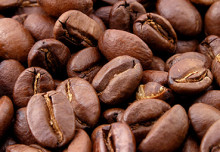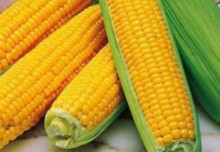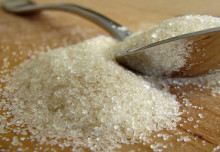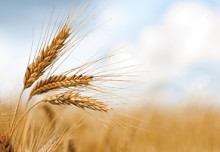Unlike most of the crops, cotton plants do not produce edible fruits or seeds, but represent the most important non-food crop.
Cotton needs of particular climatic conditions and soil for optimal growth, are needed then ground very heavy, prolonged periods without frost and sun.
Plants absorb a large amount of water from the soil, crops, therefore, are closely related to rainfall.
Currently, cotton is a natural fiber used in clothing. A large proportion of today’s production comes from genetically modified varieties that are more disease resistant and less dependent on pesticides. The main areas of production of cotton are China, India and the United States. China is also the largest importer of cotton fiber, followed by Turkey.
MAIN APPLICATIONS
Textiles
Cotton is used to produce a wide range of textiles, including terry cloth, denim, corduroy, seersucker (striped linen fabric crisp and smooth) and cotton diagonal. The cotton is used for clothing and furniture. Also have many industrial applications, including the manufacture of fishing nets. Cotton fibers are generally separated from the seeds at the beginning of processing and processed into bales to be sold.
Oil
Cottonseeds can be crushed to produce vegetable oil for food use.
Paper and Plastic
The paper produced from 100% cotton is still available today and is superior to the normal cellulose paper for strength and durability, but it is used for decorative purposes or artistic.
THE COTTON MARKET
Cotton futures are traded on the New York Board of Trade. The contracts refer to bales of cotton fibers, after the separation from the seeds.
The factors that affect the price of cotton are:
- Climate
- Demand from developing Countries
- Scarcity of land
- Textiles alternative
- Trade Policy






 English
English Italiano
Italiano